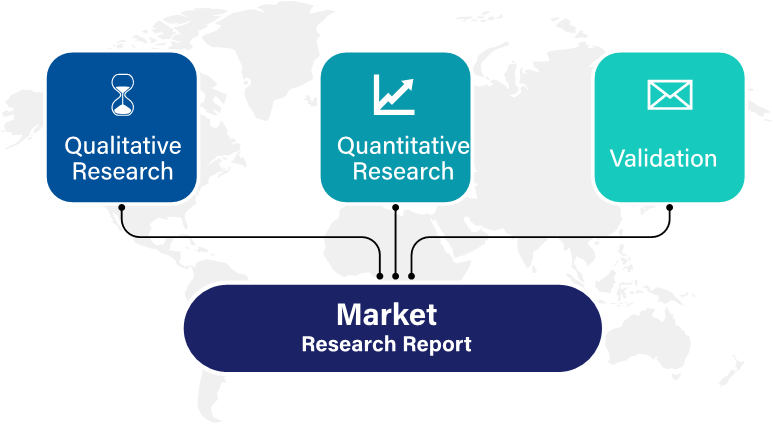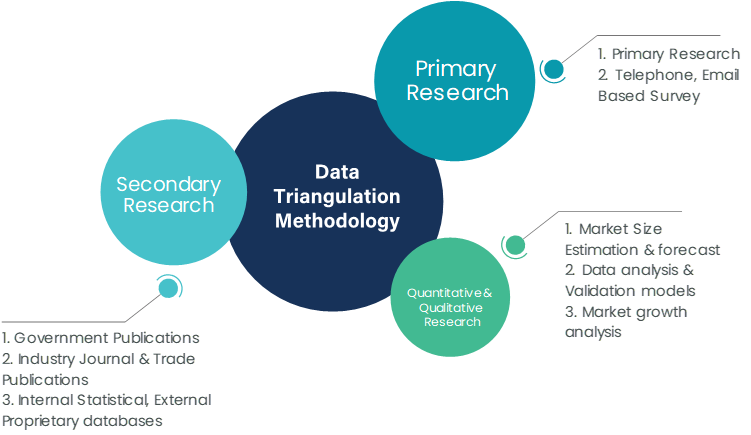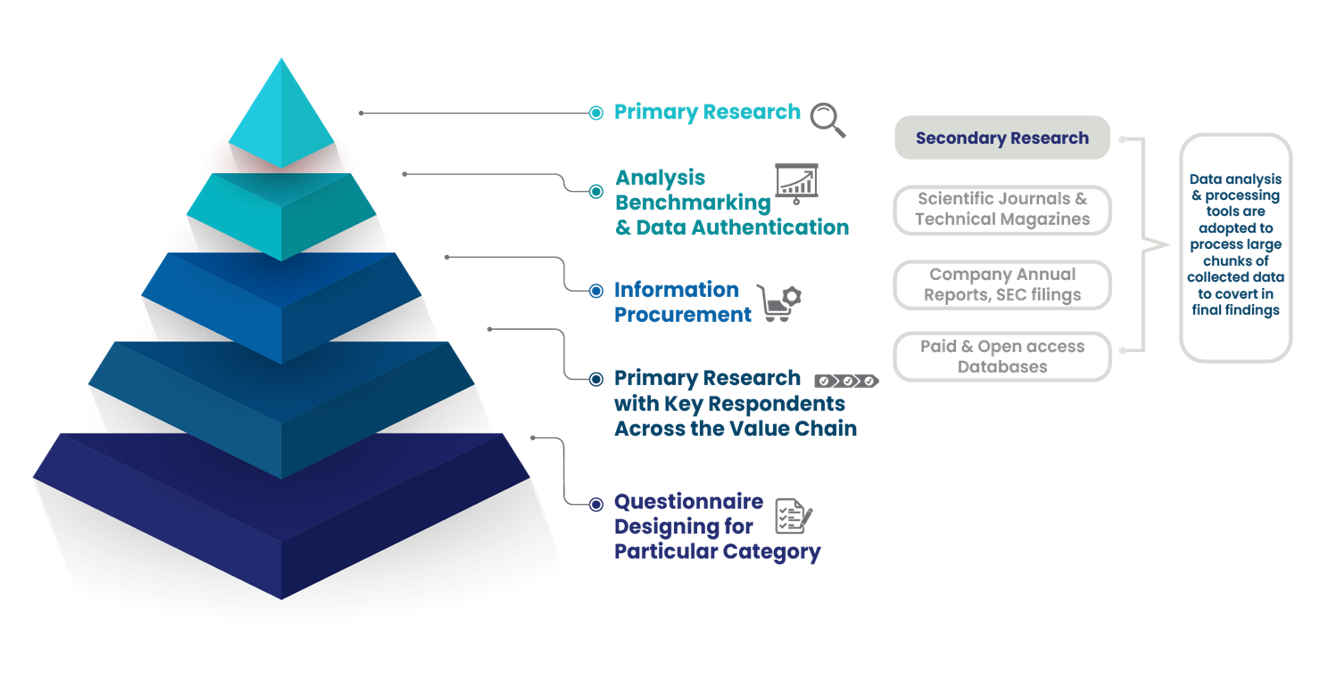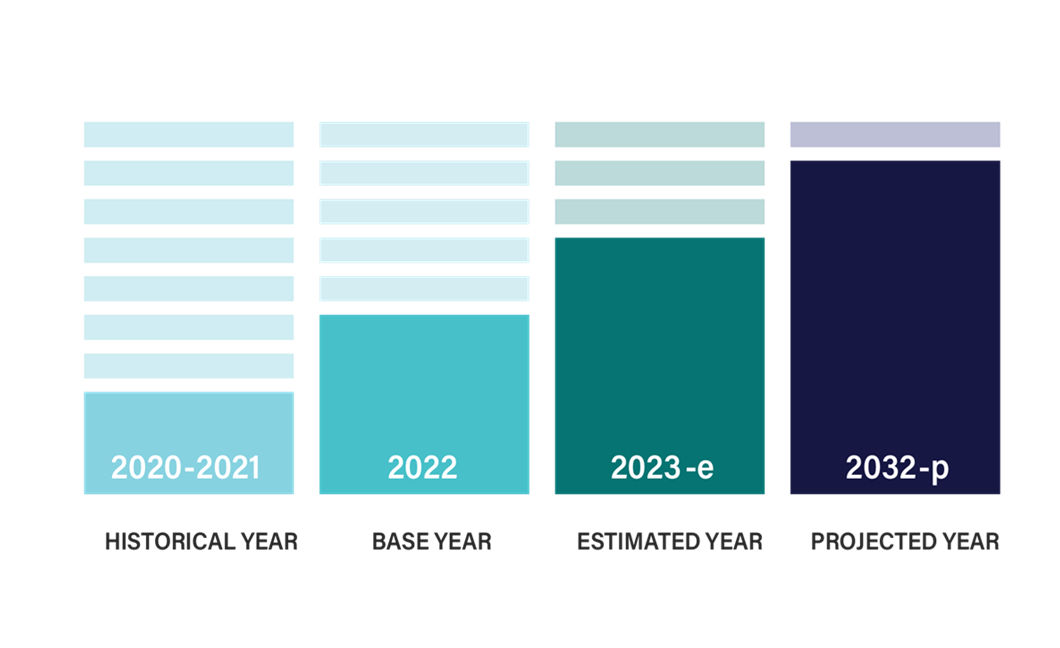

The infrared (IR) detector market is experiencing robust growth, fueled by rising demand across diverse applications, including security, consumer electronics, automotive, and healthcare. Infrared detectors are sensors capable of detecting infrared radiation and converting it into an electronic signal. This technology has gained significant traction due to its capabilities in night vision, motion sensing, and temperature measurement. According to International Market Research (IMR), the global infrared detector market is projected to grow considerably from 2024 to 2031, driven by advancements in sensor technologies, rising security concerns, and expanding applications in both industrial and consumer sectors.
Market Overview
In 2023, the global infrared detector market was valued at approximately USD 500 million. IMR projects that by 2031, this value will reach nearly USD 1 billion, growing at a compound annual growth rate (CAGR) of around 9%. Increasing applications of infrared detectors in security, surveillance, and medical devices, along with advancements in miniaturization and accuracy, are major factors contributing to market expansion.
Key Market Drivers
Market Segmentation Analysis
The infrared detector market can be segmented based on type, wavelength, application, and region.
The Prominent/Emerging Players in the Infrared Detector Market Research include:
• LYNRED
• MELEXIS
• IRNOVA AB
• XENICS NV.
• FAGUS-GRECON
• INFRATEC GMBH
• THORLABS, INC.
• TE CONNECTIVITY
• LASER COMPONENTS
• OMRON CORPORATION
• TELEDYNE FLIR LLC
• DIAS INFRARED GMBH
• VIGO PHOTONICS S.A.
• SENSORS UNLIMITED, INC.
• DRÄGERWERK AG & CO. KGAA
• HAMAMATSU PHOTONICS K.K.
• NIPPON CERAMIC CO., LTD.
• EXCELITAS TECHNOLOGIES CORP.
• HONEYWELL INTERNATIONAL INC.
• MURATA MANUFACTURING CO., LTD.
• TEXAS INSTRUMENTS INCORPORATED
• RAYTHEON TECHNOLOGIES CORPORATION
• GLOBAL SENSOR TECHNOLOGY CO., LTD.
• IRAY TECHNOLOGY CO., LTD. (INFIRAY)
• SEMITEC CORPORATION
Key Insights
Challenges
Future Outlook and Opportunities
The infrared detector market is poised for substantial growth, with a focus on miniaturization, improved sensitivity, and expanded applications. IMR anticipates that emerging opportunities in robotics, aerospace, and wearable technology will drive the next wave of demand for IR detectors. Additionally, the adoption of IR detectors in renewable energy sectors, such as solar energy, for temperature monitoring and efficiency optimization may further expand the market.
Asia-Pacific is expected to be the fastest-growing region, with countries like China, Japan, and South Korea investing heavily in consumer electronics and automotive advancements. In the coming years, technological breakthroughs, such as AI-enabled IR detectors for predictive maintenance and enhanced medical diagnostics, are likely to shape the future of this market.
Conclusion
The global infrared detector market, valued at approximately USD 500 million in 2023, is projected to reach around USD 1 billion by 2031, at a CAGR of about 9%. The demand for infrared detectors is driven by a diverse range of applications in security, healthcare, consumer electronics, and automotive industries. North America and Asia-Pacific are expected to remain key regions, with Asia-Pacific experiencing the highest growth rate.
As IR detectors continue to evolve with improved capabilities and broader applications, market players who prioritize R&D in high-sensitivity and miniaturized solutions are likely to capture significant market share. The expanding use of IR detectors in various sectors underscores their critical role in the future of sensing technology.
International Market Research follows a comprehensive research methodology dedicated to offering the most accurate market estimation and analysis. It leverages a data triangulation methodology to estimate the market dynamics and deliver precise estimations. The company exploits a combination of top-down and bottom-up approaches for classifying and assessing quantitative aspects of the market.

This research study is based on exhaustive quantitative and qualitative analysis.
The Quantitative analysis involves numerous models, mathematical tools, projection, and sampling techniques. It encompasses the following steps:
Recognize market variables and derive market size.
Valuation of prospects, opportunities, and market penetration rates by analyzing Application Predictive Maintenance Solutionzation, regional trends, etc.
Gauge historical market trends and derive present and future year-on-year growth trends
The qualitative analysis covers briefing about market dynamics and business opportunities and strategies. Lastly, all the research findings are authenticated over interviews with in-house industry experts, freelance consultants, and key opinion leaders, etc.


The preliminary raw data and relevant information are acquired via different sources such as secondary findings, trade surveys, and in-house repositories. Technical issues and trends are attained from technical symposia, surveys, and trade journals. Market dynamics such as driving factors, restraints/challenges, pricing trends, and opportunities are also collected using extensive secondary research via paid and open access data sources.
This info is then filtered to make sure that the related data including market trends, industry dynamics, and outlook is retained for the further research End-user. Data is constantly filtered to confirm that only authenticated sources are measured.
It comprises analysis & mapping of all the data gathered from the above step. It also includes the analysis of data differences observed across numerous data sources and arrives at final data points to be used for final calculations.
This step involves data End-user using various models, mathematical tools, projection, and sampling techniques to derive market findings. It also involves the placement of data points at suitable market spaces to gather viable conclusions.
Market estimates and forecasts are derived via simulation models. Collected data for market dynamics, Propulsion Type sets, pricing trends, and Type development is fed into the model and evaluated simultaneously. These factors are studied on a comparative basis, and their influence over the prediction period is quantified by means of regression, correlation, and time-series exploration. Analyst viewpoint & subject matter expert-based heuristic form of market sizing also plays an essential part in this step.
Some of the parameters measured as a part of the statistical model are:
Macro-economic indicators
Micro-economic indicators
Socio-political indicators
Environmental indicators
Propulsion Type indicators
Validation End-user aids to finalize data points to be used for final calculations. Primary Interviews are conducted to authenticate the data and analysis.
Primary research includes questionnaire-based research, email interactions, online surveys, and telephonic interviews. Interviewees are approached by prominent companies across the value chain including suppliers, Propulsion Type providers, domain experts, and buyers to ensure a holistic and unbiased picture of the market.
Industry participants involved in this research study include:
CEOs, VPs, market intelligence managers
Procuring and national sales managers technical personnel, distributors, and resellers
Research analysts and key opinion leaders from various domains
Our research methodology includes an ideal combination of primary and secondary initiatives.

Source: International Market Research Analysis, 2024
It involves company databases such as Hoover's: This assists us to recognize financial information, the structure of the market participants, and the industry competitive landscape.
The secondary research sources referred to in the End-user are as follows:
Supply Chain and Inventory Managemental bodies, and organizations creating economic policies
National and international social welfare institutions
Company websites, financial reports and SEC filings, broker and investor reports
Related patent and regulatory databases
Statistical databases and market reports
Corporate Presentations, news, press release, and specification sheet of Manufacturers
Open access and paid data sources:
Eurostat
Statista
OneSource
Plastemart
WHO and World Bank
ITU
Factiva
Hoovers
Primary research includes online surveys and telephonic interviews.
Means of primary research: Email interactions, telephonic discussions, and questionnaire-based research, etc.
To validate our research findings and analysis, we conduct primary interviews of key industry participants. Insights from primary respondents help in validating the secondary research findings. It also develops Research Team’s expertise and market understanding.
Industry participants involved in this research study include:
CEOs, VPs, market intelligence managers
Procuring and national sales managers technical personnel, distributors, and resellers
Research analysts and key opinion leaders from various domains
We employ of following parameters in the absence of concrete data sources:
We assign weights to various parameters and quantify their market influence with the help of weighted average analysis, to derive an expected market growth rate
Income distribution, purchasing pattern, per capita income, and other end-user associated parameters
GDP, inflation rate, per capita disposable income, etc.
Expenditure, financial policies of the country, infrastructure and sector growth, and facilities

Source: International Market Research Analysis, 2024
International Market Research(IMR) is global leader in Market Research & Consulting services.